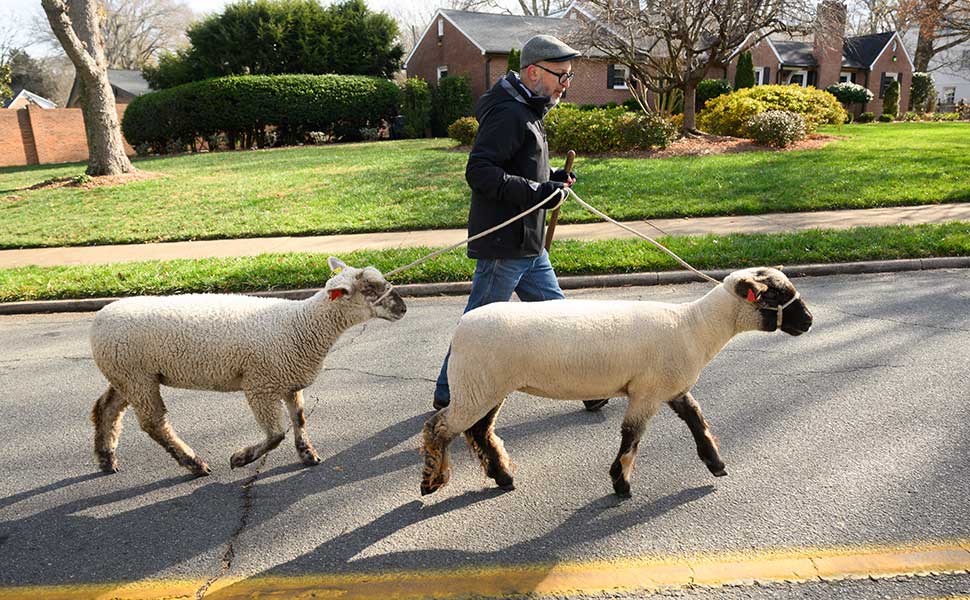Flu season: Wake Forest experts available

A century ago, public health officials and scientists struggled to find a way to contain a flu pandemic that eventually infected about one-third of the world’s population and killed an estimated 50 million people.
Today, seasonal vaccines, a greater understanding of the illness and better monitoring of its spread have helped prevent another pandemic on that scale. Still, the U.S. Centers for Disease Control and Prevention estimates that 80,000 died from the flu and its complications during the 2017-18 season.
As the 2018-19 flu season begins, Wake Forest University experts can discuss virology, what makes a pandemic and how flu vaccines are hard to pin down.
Individual choices help stop epidemics – Powering through an illness to go to work or school might be the tough thing to do. But the coughing, sneezing and sniffling you do while out in public spreads the flu. The top advice from biology professor and virologist Pat Lord: Wash your hands often, stay home when you’re sick and get a flu vaccine – which exists because of the 1918 pandemic. “Getting a flu shot is one of the most cost-effective measures for flu reduction,” Lord said. “The price of a flu shot is inexpensive compared to other vaccines, and when you weigh it against the costs of being home sick from work for a week or more, getting vaccinated is very good preventative measure.”
Nailing down the flu virus before in mutates – Viruses can make hundreds of thousands of copies of itself within a host cell – and in only a few hours. That’s why planning the season’s flu vaccine is often an educated guess – and can sometimes miss the mark. Sarah McDonald, associate professor of biology, studies virus replication and evolution. Understanding why viruses change can help explain practical questions such as why we need a different flu vaccine every season. “The flu virus gets bombarded by the host’s immune response, and the mutations are a resistance to that process,” McDonald explained. “That’s why we need a new flu shot every year. The virus is always creating a new strain.”
Categories: Experts, Research & Discovery
Wake Forest News
336.758.5237
media@wfu.edu
Meet the News Team
Wake Forest in the News
Wake Forest regularly appears in media outlets around the world.






